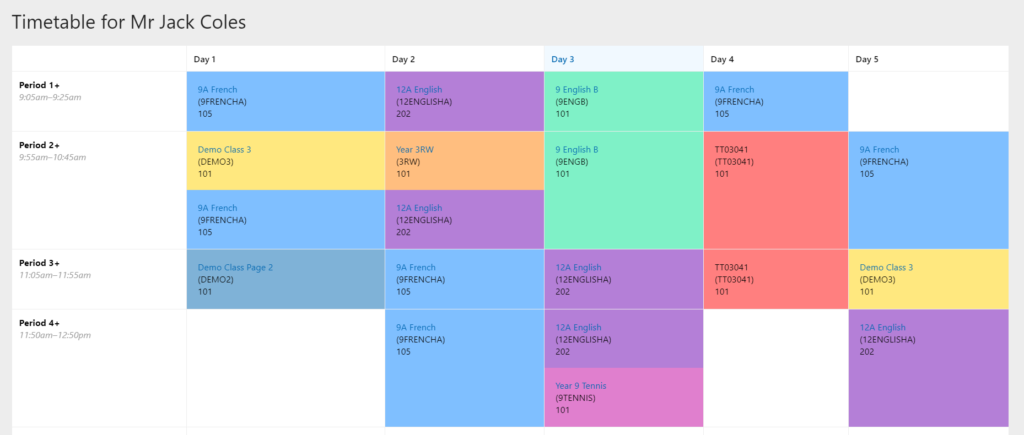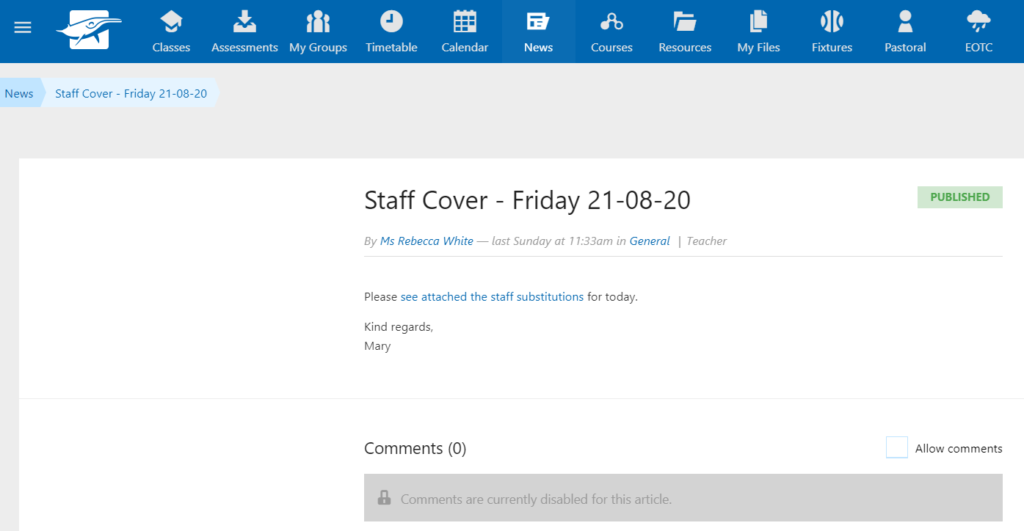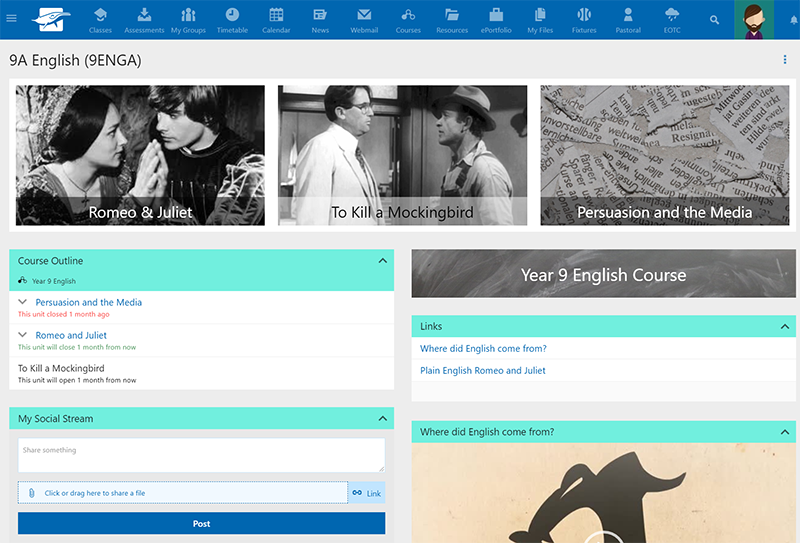Organising and planning the cover of a teacher’s absence affects every staff member. A supply, substitute, cover or casual relief teacher (CRT) is a temporary teacher who takes over the position of class management when the regular teacher is unable to do so.
In some scenarios, the substitute teacher’s job finishes at the end of class time, after they have shared and taught the lesson. In other situations, they may be expected to plan and mark work. The diverse nature of the role of a substitute teacher and the length of time employed creates a diverse range of needs and expectations.
Due to the unpredictability of preparing and allocating cover lessons, it can be a stressful situation for both the teacher who is unavailable and the daily organiser who needs to find a substitute teacher to take over. With Schoolbox, it is possible to streamline this process and lessen the burden for all involved.
Schoolbox is an all-in-one learning management system, school portal and engagement platform that provides the opportunity to bring your entire school community to one single destination.
This blog will provide how Schoolbox can help with the steps to coordinate staff cover.
Step 1: Sourcing teachers
The school, location, campus and environment will impact how external and internal supply cover teachers are sourced. Some schools intentionally allow additional spare lessons on their regular teachers’ timetables to allocate internal cover. Other schools exclusively use external bodies and then there are schools that will use a mixture of the two.
Most schools will, at one time or another, need to engage external teachers to assist. There are several third party companies who search, vet and connect schools to appropriately trained and located teachers. Some schools have their own teachers they engage with directly.
Whatever the case may be, the timetable function in Schoolbox, in combination with the school’s timetabling package and/or SIS, enables identification of classes that require cover for a particular teacher so that you can then move on to communicating the changes.

Step 2: Organising and communicating timetables and classrooms
Primary and secondary schools operate differently. Depending on the regular teacher’s daily schedule and other teachers who may also be absent, factors such as these will impact what the cover teacher does on that day.
For most primary teachers, they will cover one group of students, however, this could change depending on the class’ regular schedule. Being effectively able to arrange this puzzle saves time and money.
At times, there may be multiple parties providing information to the cover teacher, for example the daily organiser, head of department and absent teacher. Generally, communicating changes in timetable, class lists, and room allocations can be tricky. And if the teacher needs to move around a large campus or is new to that school, this can cause extra stress.
Using an online platform like Schoolbox with everything in one place allows for instant dissemination of information that can be viewed by several parties. For instance, the News feature in Schoolbox enables easy communication to a large group of people simultaneously.

Step 3: Communicating lesson plans
This step of coordinating staff cover usually involves several parties—the teacher who is absent, the teacher covering, the head of department, the daily organiser and the students.
Using Schoolbox from the outset streamlines this process and avoids the indefinite emailing back and forth that can ensue. The regular teacher is able to communicate directly to the students via the class page and provide direction to the substitute staff. In the event of illness or absences with very little preparation time, this capability is extremely useful to reduce confusion and minimise workflow.
The teacher has the option of leaving links to examples or external resources as well as recorded spoken or video instructions, including screencasts to help clarify the activities. Tasks can be added to the class page via the Course Outline. These could then be linked to News items targeted to students of that class and visible for the substitute teacher via the relevant class page.

Step 4: Feedback
The end of the school day can be a hectic time. Students and teachers may be on their way to an extracurricular activity whilst trying to fit in a food or coffee break. Adding to this are the cover teachers who need to provide feedback, attendance and update (if any) student information to the relevant parties. By implementing a virtual learning environment like Schoolbox, attendance can be compiled there and then and feedback can occur in real time. The teacher covering the lesson is also able to directly liaise with the regular class teacher with any student behaviour concerns or recognition of good work, as well as comments on the content covered.
Having these elements available in one place is especially helpful when there is an extended absence and the regular teacher needs to update or change their lesson plans.

The role of the school’s daily organiser is to manage, source, communicate and support teachers who are absent and those who are covering lessons to make sure the educational experience of the students remains consistent. Schoolbox provides an opportunity to streamline the process and reduce the burden on the daily organiser and all relevant parties.
Chris Durante is a Territory Manager at Schoolbox and has been a classroom practitioner and eLearning leader in schools for over 30 years. Passionate about delivering quality teaching and learning, Chris is committed to finding innovative EdTech solutions to lead overall school improvement for staff, students, parents and the wider school community.
Find out more about how Schoolbox can help your school:















